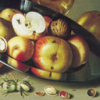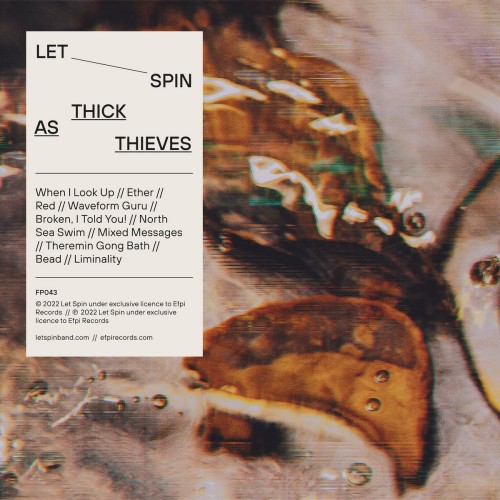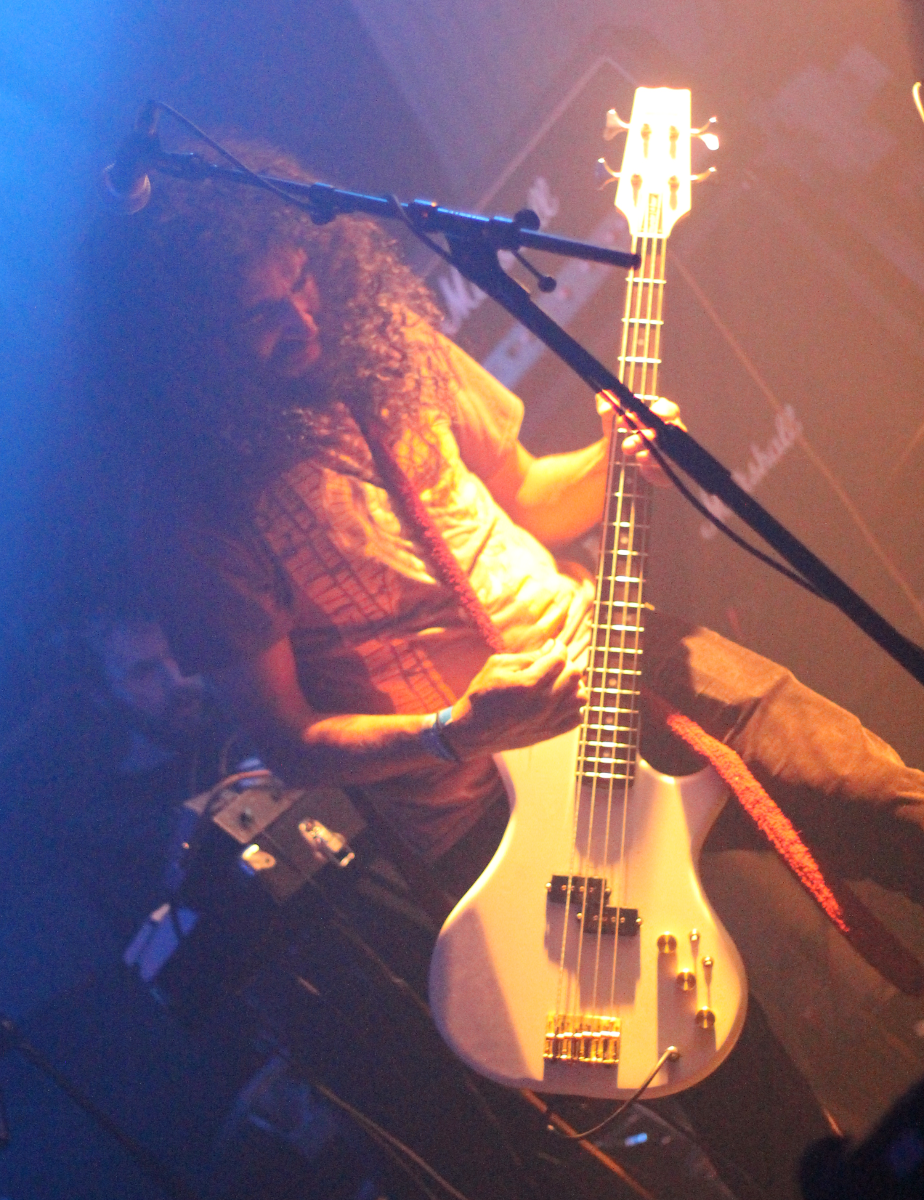Label: Mute Format: CD
 Mute have reissued Einstürzende Neubauten‘s 1993 album Tabula Rasa along with the singles that were released at the time. These include the French, Japanese, and English versions of “Blume”. Anita Lane provides the vocals on the English version. Its a smart album full of lyrical games and riddles. Up there as a personal favourite, along with Haus Der Luge, Tabula Rasa is a turning point in the music Einstürzende Neubauten. At the time it seemed a radical departure from the aggressive industrial rock of the 80s. With hindsight it is clear that Neubauten were moving away from their earlier musique concrète towards the less arbitrary and more structured melodic music of later works such as the hushed Silence is Sexy.
Mute have reissued Einstürzende Neubauten‘s 1993 album Tabula Rasa along with the singles that were released at the time. These include the French, Japanese, and English versions of “Blume”. Anita Lane provides the vocals on the English version. Its a smart album full of lyrical games and riddles. Up there as a personal favourite, along with Haus Der Luge, Tabula Rasa is a turning point in the music Einstürzende Neubauten. At the time it seemed a radical departure from the aggressive industrial rock of the 80s. With hindsight it is clear that Neubauten were moving away from their earlier musique concrète towards the less arbitrary and more structured melodic music of later works such as the hushed Silence is Sexy.
One of the biggest ironies is the title itself, and they know it. Tabula Rasa – a clean slate. And what is the cover? A still life. A table with fruit … far from empty. Inside are two shots of Einstürzende Neubauten sitting at a table, one empty one not. A change of direction yes, but by no means a clean slate. The change of direction towards melody and harmony was hinted at in earlier albums. Speaking with hindsight again, the wonderfully stark slide guitar-drenched “Der Kuss” or “Morning Dew” seem like foretastes of what was to come. Tabula Rasa is an evolution of Einstürzende Neubauten’s music. The industrial sounds from earlier works are not swept away, but are revelled in on tracks such as “12305 (te Nacht)” and the wonderful “Sie”. The difference is that here the message is not noise for the sake of noise but for the sake of the music as a whole.
Another unmistakable, and often mentioned, influence on Neubauten’s sound is Blixa Bargeld‘s association with Nick Cave, Bargeld being the guitarist in Cave’s Bad Seeds. Einstürzende Neubauten have seldom sounded as Rock as they do on “Die Interimsliebenden”, which has the biggest bassline in existence anywhere. The Bad Seeds influence isn’t just noticeable in the feel of the tracks, though. More than Rock, it is the gentler harmonic approach to vocals of tracks like “Zebulon” that are reminiscent of the Bad Seeds. “Salamandrina”, for instance, would happily sit on a Nick Cave album. Eleven years on Tabula Rasa is not tabula rasa. It is a turning point in the music of Neubauten, displaying both where they have come from and where they are going. More importantly, it still sounds every bit as great and confident as it did in 1993.
 Kalte Sterne is the early recordings (1980-1982) of Neubauten, and not what I was expecting. Prior to Kalte Sterne, the earliest Einstürzende Neubauten I had heard was their first album Kollaps, and this coloured my expectations – which the band happily shot down in flames, as they have a tendency of doing. The first half of Kalte Sterne is much more Rock than the chaotic Kollaps-era Einstürzende Neubauten. Tracks like “Fuer den Untergang” or “Zuckendes Fleisch” put the Rock into Industrial music. The sound is sparse and minimal. Punk/Rock reduced to its most basic primal form: metal drums, vocals, and an insistent throbbing bassline. The sound of early eighties new wave pushed to breaking point. Blixa Bargeld’s stint as Bad Seeds guitarist is often cited as Einstürzende Neubauten’s later move towards rock. There is much truth in that. However, Kalte Sterne clearly shows that the Rock was always there – waiting to be rekindled with Bad Seeds sensibilities. However, something of the insistent basslines of “Fuer den Untergang” can be heard in later songs such as Haus Der Lüge‘s “Hirnlego” or Tabula Rasa‘s “Sie”.
Kalte Sterne is the early recordings (1980-1982) of Neubauten, and not what I was expecting. Prior to Kalte Sterne, the earliest Einstürzende Neubauten I had heard was their first album Kollaps, and this coloured my expectations – which the band happily shot down in flames, as they have a tendency of doing. The first half of Kalte Sterne is much more Rock than the chaotic Kollaps-era Einstürzende Neubauten. Tracks like “Fuer den Untergang” or “Zuckendes Fleisch” put the Rock into Industrial music. The sound is sparse and minimal. Punk/Rock reduced to its most basic primal form: metal drums, vocals, and an insistent throbbing bassline. The sound of early eighties new wave pushed to breaking point. Blixa Bargeld’s stint as Bad Seeds guitarist is often cited as Einstürzende Neubauten’s later move towards rock. There is much truth in that. However, Kalte Sterne clearly shows that the Rock was always there – waiting to be rekindled with Bad Seeds sensibilities. However, something of the insistent basslines of “Fuer den Untergang” can be heard in later songs such as Haus Der Lüge‘s “Hirnlego” or Tabula Rasa‘s “Sie”.
The ordering of tracks on the CD is chronological, which allows us to hear Einstürzende Neubauten’s evolution. The music moves from Rock towards to the sound of Kollaps, particularly with the arrival of FM Einheit. TV sets, survival blankets, toy guitars, and of course meat, take their place along side guitars and metal drum kits. Tracks from 1981 such as “Pygmaeen” and “Ehrlicher Stein” are harsh musique concrète revelling in chaos. A high point has to be “Thirsty Animal”, their collaboration with Lydia Lunch and Rowland S. Howard; Einstürzende Neubauten smacking head on with Teenage Jesus and The Birthday Party. The resulting music every bit is as fucked up as it sounds like it should be.
Kalte Sterne shows that Kollaps is far from Einstürzende Neubauten’s starting point, but the result of their experiments which first reduced rock to its bare essentials then turned it inside out until it collapsed.
-Alaric Pether-



